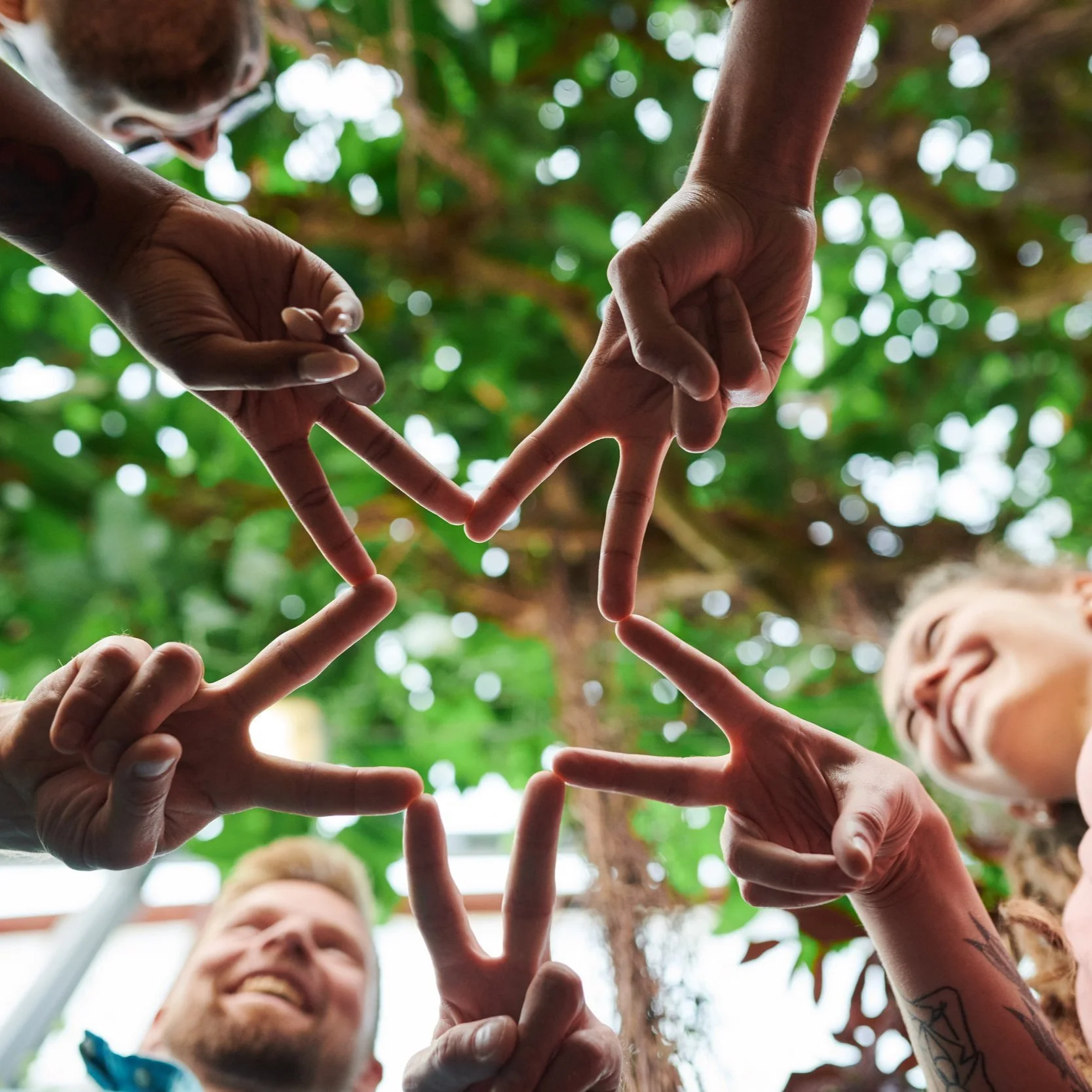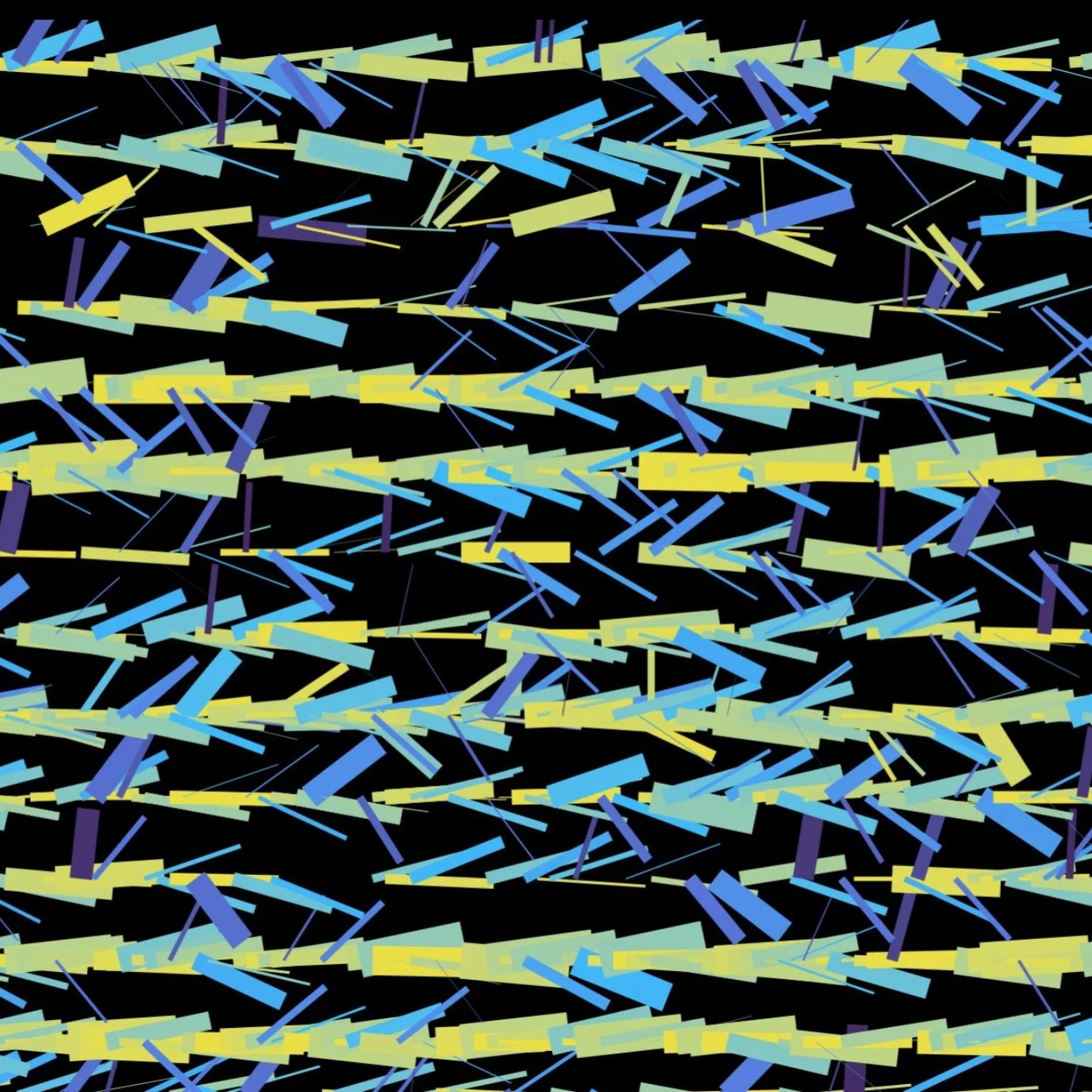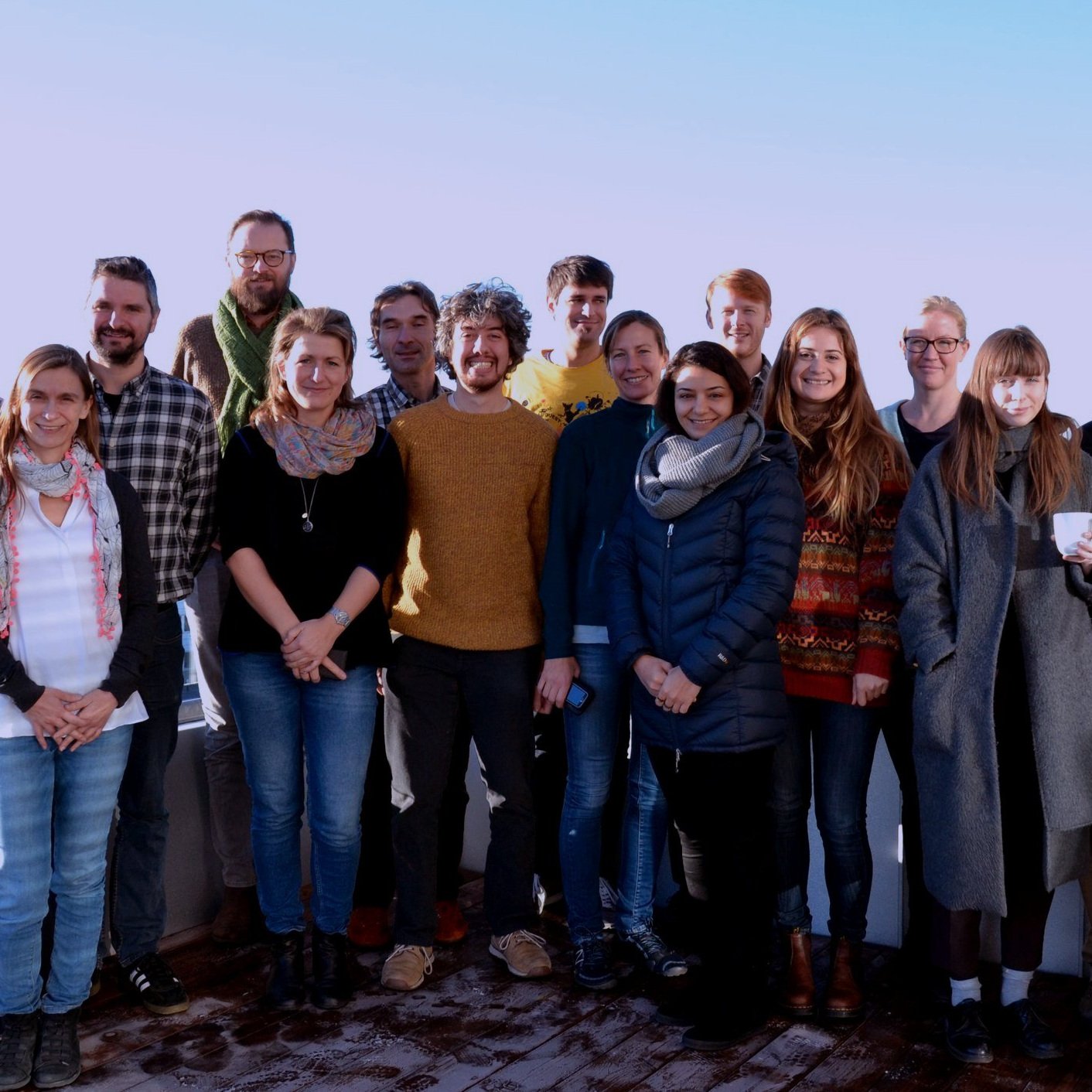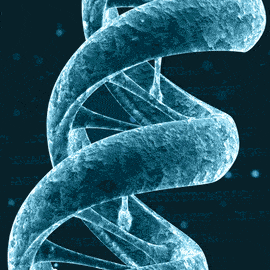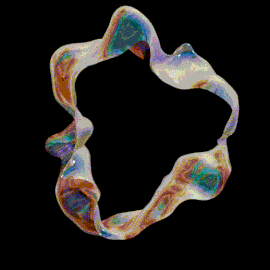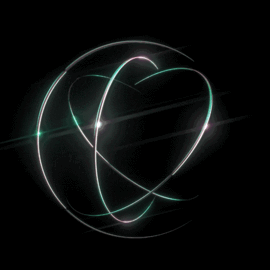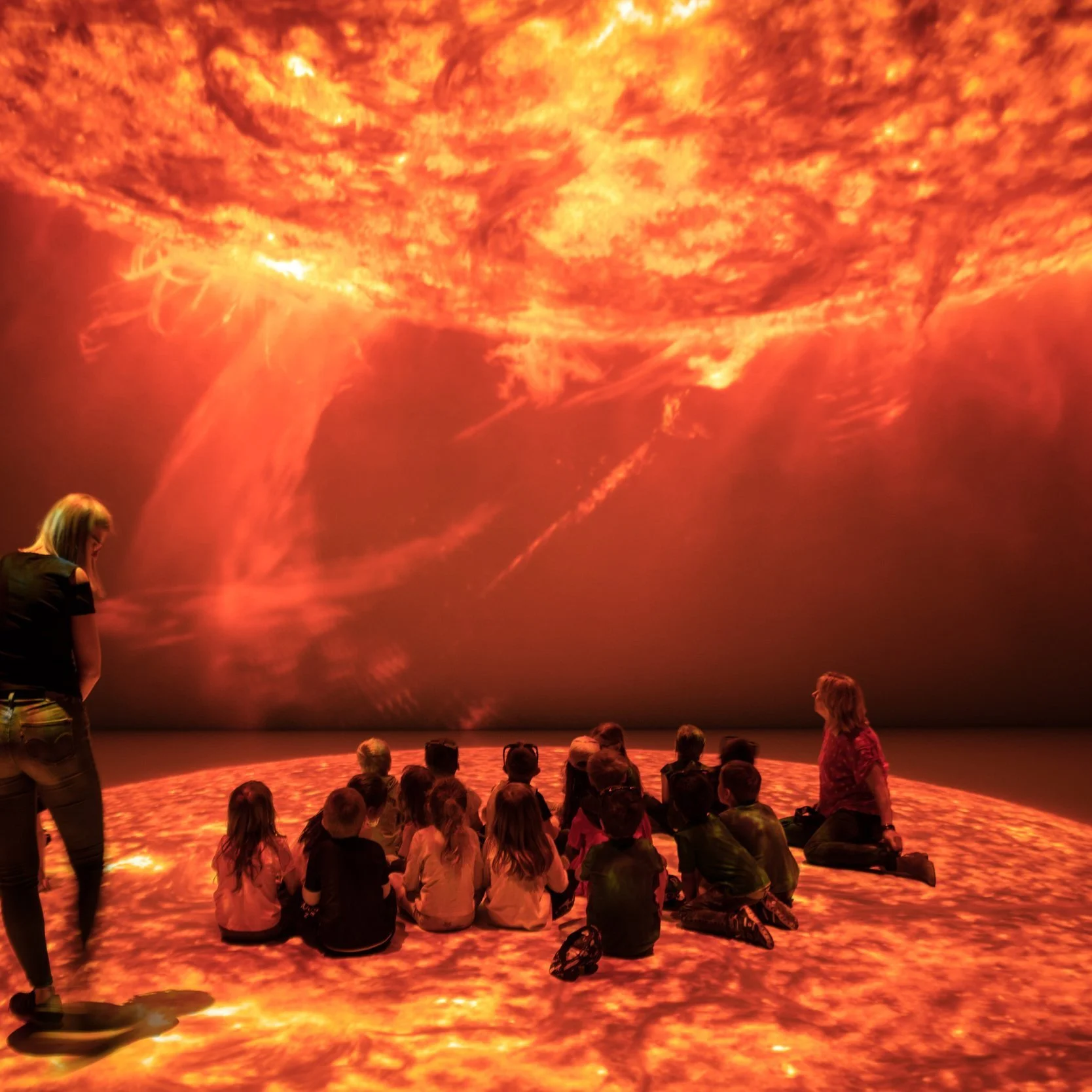He continues:
– It is important for us to bridge disciplines and fields, so our programme features a variety of topics related to neutron and X-ray science that will hopefully engage people in discussions.
Career session, proposal writing and science communication
Like last year, there will be a career session with SMILE Incubator, SARomics Biostructures and other companies. New additions to the programme include sessions on how to write successful beamtime proposals and science communication, with focus on oral presentation skills.
– We are aiming for our career session to become something more than just company presentations. For us it is important to highlight different career paths, and people’s professional and personal journeys.
Participants will also get the chance to visit MAX IV and ESS. At MAX IV, the tour will include visits to beamlines: BioMAX; CoSAXS and FemtoMAX.
You have worked with the event for two years, what are lessons learned, and how do you want to develop the concept this time around?
– We will highlight broader fields of research using X-rays and neutrons, and include a larger variety of methods. We will also present science at different scales, from the molecular level to the larger scale, like cells and tissue, says Daniel Sarabi.
– I am also very happy that we are including a session on how to write beamtime proposals. In order to make young researchers more independent, it’s as important that they are able to discuss new projects, as it is for them to know how to apply for beamtime to make these projects happen!
Register for the YRI on Life Science on 24 - 25th February



